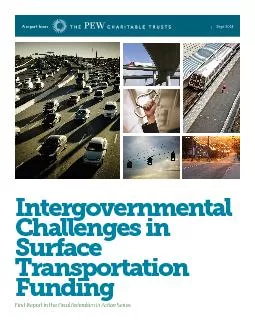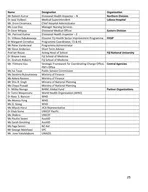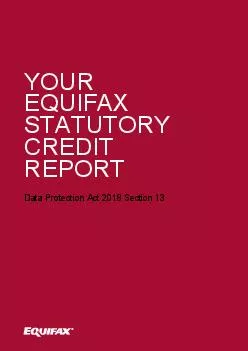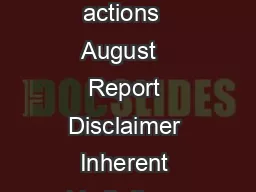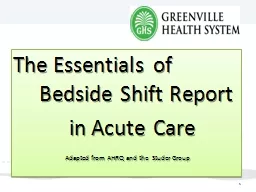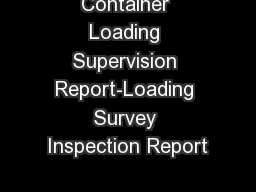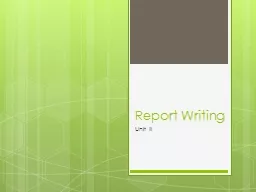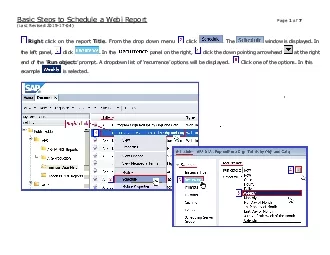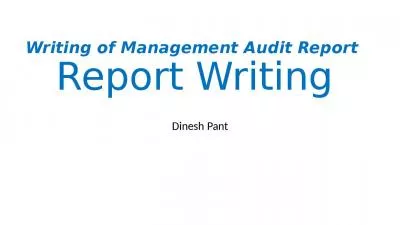PDF-A report from
Author : celsa-spraggs | Published Date : 2017-01-18
Sept 2014 Intergovernmental Challenges in Surface Transportation FundingFirst Report in the Fiscal Federalism in Action Series The Pew Charitable TrustsSusan K Urahn
Presentation Embed Code
Download Presentation
Download Presentation The PPT/PDF document "A report from" is the property of its rightful owner. Permission is granted to download and print the materials on this website for personal, non-commercial use only, and to display it on your personal computer provided you do not modify the materials and that you retain all copyright notices contained in the materials. By downloading content from our website, you accept the terms of this agreement.
A report from: Transcript
Download Rules Of Document
"A report from"The content belongs to its owner. You may download and print it for personal use, without modification, and keep all copyright notices. By downloading, you agree to these terms.
Related Documents

